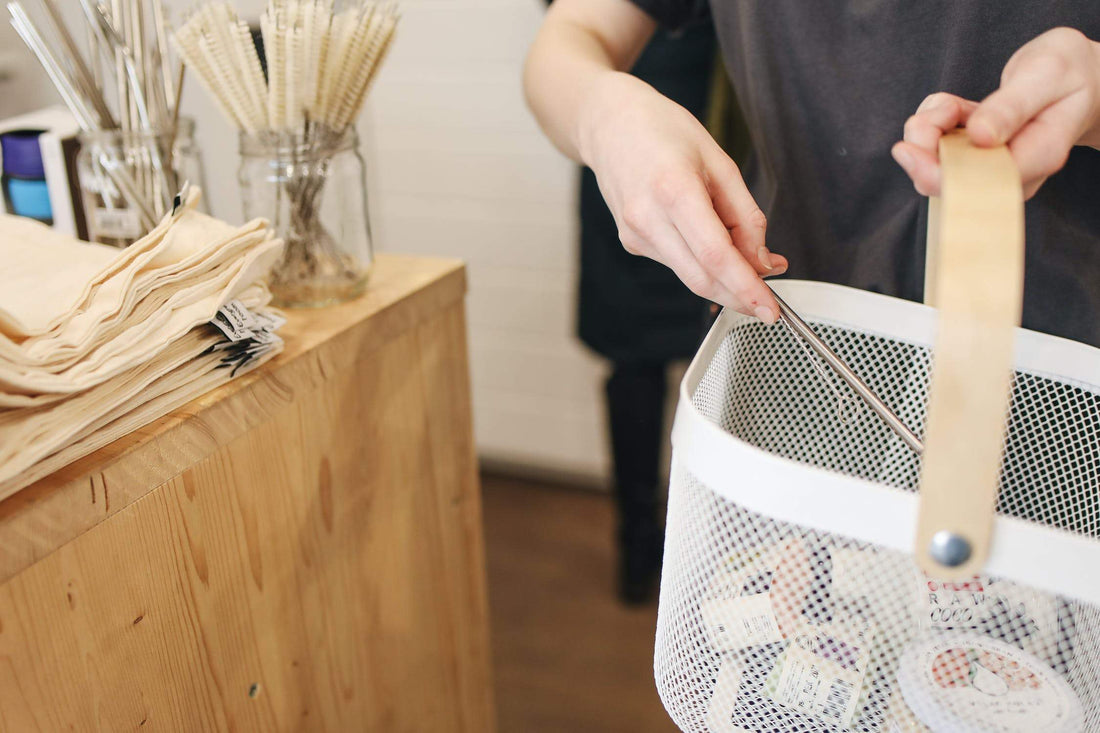
If you’re a savvy shopper, every purchase you make is well thought-out. Yet, there’s something else to consider that is more important than price...the environment. With every purchase, you can make a difference to help protect mother nature and prevent the loss of biodiversity. While this often requires a bit more research to make sure you are supporting eco-friendly brands, it is completely doable.
This guide will outline the best ways to make thoughtful purchases that are eco-conscious.
What is Conscious Consumerism?
Conscious consumerism is the awareness of how your purchases affect the environment and making changes to your spending habits in support of this idea. The first part of being a conscious consumer involves educating yourself about which brands and products are eco-friendly and buying these rather than traditional counterparts.
Secondly, conscious consumerism has a political component wherein you hold purchase power that makes waves in the consumer sector. To explain, every time you buy something, you are sending a message that you care about or don’t care about the vision behind the brand. The more we support eco-friendly companies and show that the environment is important to us, the better off our planet will be.
How You Can Help
Becoming a conscious consumer requires paying consistent attention to the where, what, and why of making purchases. Here are some actionable ways to make better shopping choices.
-
Learn about the Brand
Unless you are shopping in a store that only carries sustainable goods, it’s a good idea to research some eco-friendly brands and seek them out specifically. This way, you know that what you are buying is good for the environment. You can find everything from shampoo bars to skate shoes that are sustainable.
-
Make a List of What You Need
Shopping without a list is not only a waste of time, but it inevitably leads to impulse buying. When you don’t have a list, you’ll end up buying things you don’t really need. Many people don’t bother returning items either, even when they don’t need them. This is wasteful, expensive, and harmful to the environment. Instead, make a list of what you really need and stick to those items only. If you see something you would like to have, write it down and make sure you don’t already have something similar at home before buying.
-
Stay Local
Instead of ordering products online, try to find what you need locally. This is great for your local economy and requires less energy to transport the items than shipping them to your door. When it comes to food, there is no comparison between what comes from a grocery store and locally grown produce. Shop at farmer’s markets and co-ops where possible, or grow your own fruit and vegetables.
-
Look at the Label
No matter what you are buying, take a look at the packaging and label. A lot of sustainable companies will tell you about their practices on the label, so this is a good sign. Certifications are also a good indicator that the product is sustainable. When it comes to the materials of clothing and shoes, look for natural fabrics like organic cotton, wool, cork and bamboo.
-
Stay Away from Trends
The nature of trends is that they are only going to be in style for a short period of time. It’s best to avoid trends altogether and only shop for classic pieces that will last you forever. Don’t buy from fast-fashion retailers as they are very trend-focused and also generally use cheap materials that will fall apart easily.
There are many more ways to be a conscious consumer, but these are just a few ideas to get you started on the right foot. Where possible, think in terms of quality over quantity so that you can reduce the amount of waste you produce overtime. Together, we can all do our part to protect the environment and our future.

